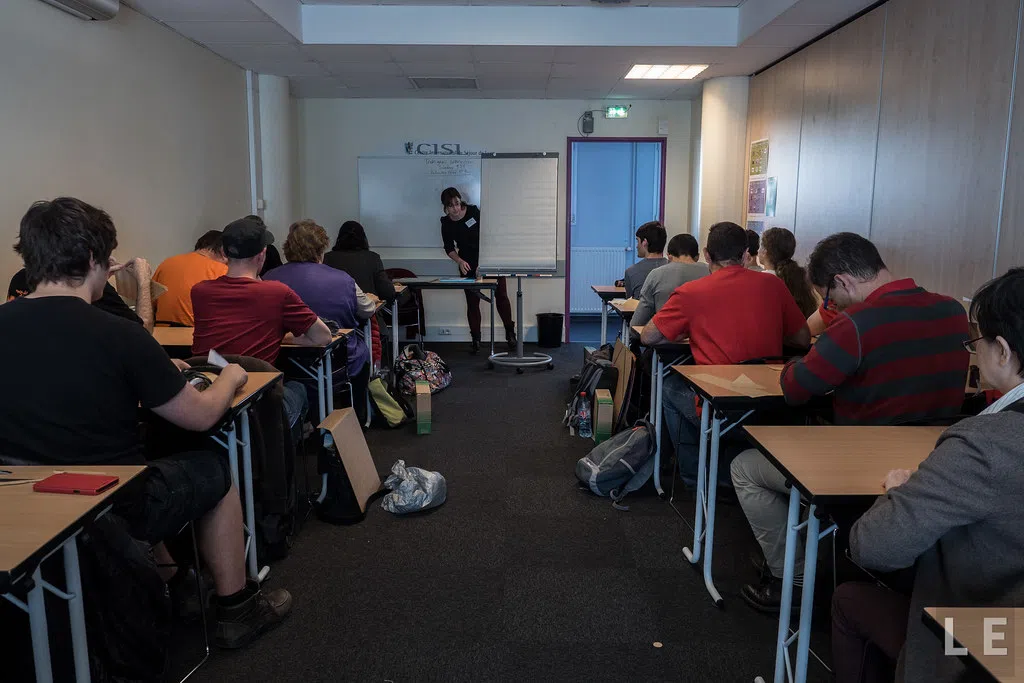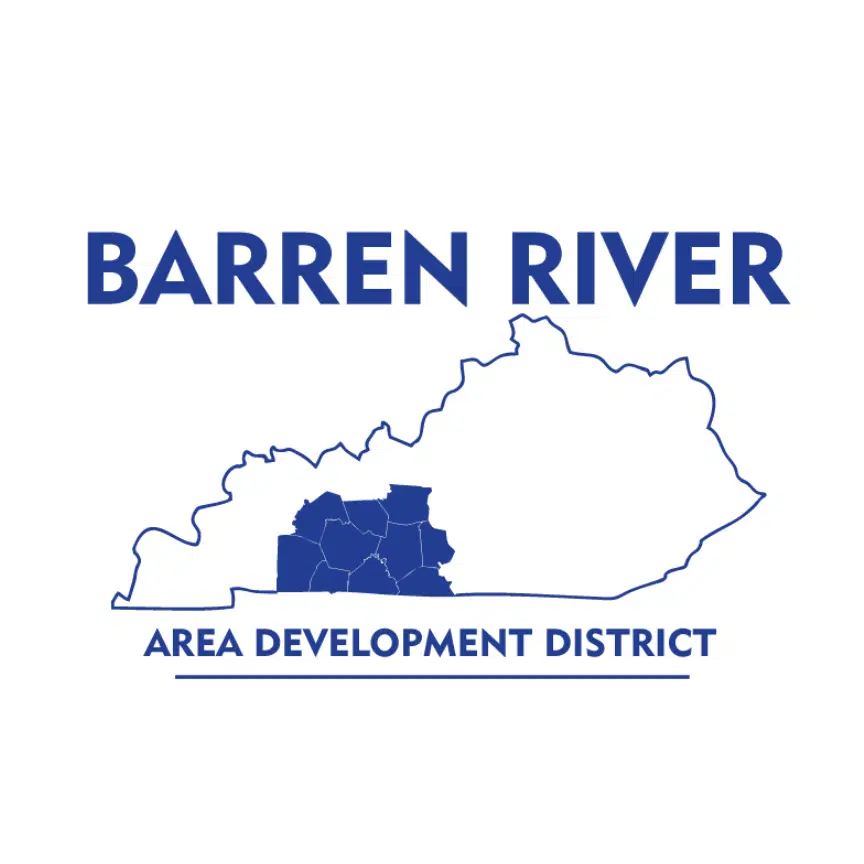By MICHAEL CRIMMINS
Glasgow News 1
When snow falls and ice covers the sidewalks, like it did in the third week of January, one thought crosses the minds of parents and children alike: “Is there going to be school tomorrow?”
Prior to 2011 that decision was fairly black-and-white with either a “yes” or “no” but in that year a Non-Traditional Instruction, or NTI, pilot program begun, which at its height was adopted by 83 school districts in 2019.
It was not until the COVID-19 pandemic that the NTI program was expanded to all school districts in March 2020 during which time it operated on a full-time emergency status “with unlimited days throughout the spring of 2020 and almost all of the 2020-2021 school year.” In the fall 2021 it reverted back to its statutory guidelines that are outlined in Kentucky Revised Statute 158.070, which states, and is echoed by the Kentucky Department of Education, NTI days are to be used “when the entire district is closed due to health of safety reasons.”
According to the department, “the Commissioner of Education can approve up to ten NTI days to count towards student attendance days in the school districts’ calendars.”
During the bout of frigid, wintry weather that blanketed Barren County from Jan. 15-22 that closed the local school districts, Glasgow’s Western Kentucky University’s campus and governmental offices Barren County Schools used four NTI days, Caverna Independent Schools used three and Glasgow Independent Schools utilized two.
However, in some instances, like Caverna Schools, districts opt to utilize snow days rather than their available ten NTI days. Tara Martin, supervisor of Instruction with Glasgow Schools, said the decision is largely based on numerous factors including “flexibility of the calendar” and timeframe to make the decision.
The main difference is that snow days require a district to add-on additional days at the end of the school year in an effort to make up lost instructional time. For example, according to the original calendar Glasgow’s last day for students was set for May 23 this will likely be altered by a day to make up for the Jan. 16 snow day.
NTI days on the other hand counts as “an instructional day” and therefore does not need to be made up, Martin said.
“On NTI days, students receive assignments and/or participate in Google meets with their teachers,” martin wrote. “While the district would prefer to have students in the building, we realize that sometimes it is not the best option given the icy, hazardous road conditions and therefore we will utilize the NTI option instead.”
In the beginning of NTI days, students were mostly given assignments from packets or books, but since the pandemic and advances in technology, Scott Harper, director if Instruction and Technology at Barren County Schools, along with Martin said most assignments are either given via Google Classroom or Zoom, though some of the younger students still get physical take home assignments, Harper said.
While NTI days help prevent an extended school year, there are some downsides as the Kentucky Department of Education states in its NTI Instruction Guide, including no federal food or transportation reimbursement and an increased reliance on the Internet, which might be unavailable for some students while out of school.



Comments